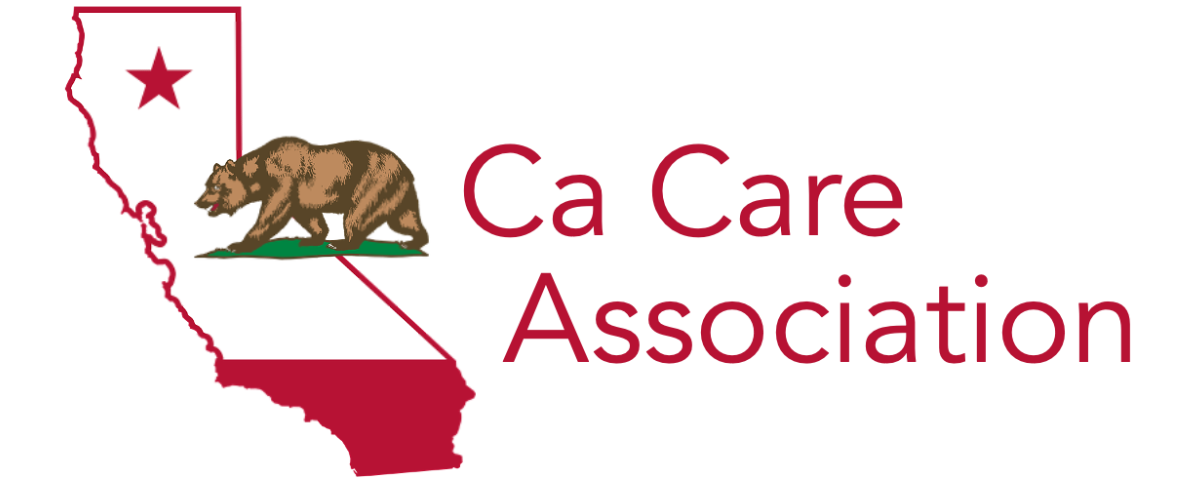Living with Psoriasis: A Senior's Guide to Management and Relief
A study with a median age of 70 discovered that 17.6% of psoriasis patients were elderly. Although psoriasis can be difficult for seniors, it is doable with the proper knowledge and management skills. This blog helps seniors improve their quality of life and relieve symptoms by advising them to understand and treat psoriasis, adjust lifestyle choices, and find emotional support.
Understanding Psoriasis
Psoriasis is a persistent skin disorder that causes skin cells to multiply quickly on the skin's surface by speeding up their life cycle. The result is thick crimson spots coated with silvery scales. The head, elbows, knees, and lower back are just a few body parts where these spots, sometimes called plaques, can develop.
Psoriasis manifests in a range of forms, each with its distinct characteristics:
Plaque Psoriasis: Silvery scales cover red, raised, dry skin lesions (plaques) characteristic of the most common type. The scalp, elbows, and knees are familiar places for these plaques.
Nail Psoriasis: causes pitting, aberrant nail development, and discoloration in fingernails and toenails. As a result, the nails may become brittle or loose.
Guttate Psoriasis: usually begins in adolescence or early adulthood. It typically appears as tiny, red, scaly, waterdrop-shaped skin patches following a bacterial illness like strep throat.
Inverse Psoriasis: causes skin creases, such as those beneath the breasts, around the groin, or in the buttocks area, to develop bright red, shiny, smooth patches of skin.
Pustular Psoriasis: with red skin surrounding white pustules and blisters of non-infectious pus. It might be localized or cover a wide area.
Diagnosis and Medical Treatment
Early diagnosis is the secret to successfully controlling psoriasis symptoms and averting complications. Timely treatment preserves quality of life and stops progression in older adults.
Common Medical Treatments
Topical Treatments: applied straight to the skin to lessen plaque and inflammation. Includes analogs of vitamin D and corticosteroids.
Phototherapy: UV light therapy that lessens the generation of new skin cells and inflammation.
Systemic Medications: oral or injectable treatments for moderate to severe psoriasis, such as biologics or methotrexate.
Daily Management Tips for Psoriasis
A regular regimen that helps manage symptoms and stop flare-ups is essential to daily psoriasis management. Here are some valuable suggestions to implement in your day-to-day activities:
Moisturize Regularly: Use a thick moisturizer free of smell several times daily to keep skin nourished and less itchy.
Gentle Cleansing: Use lukewarm water and gentle, soap-free cleaning agents. To prevent irritation, gently pat the skin dry using a towel.
Avoid Triggers: Use relaxation techniques to reduce tension and protect your skin from harm. Watch your diet for potential flare-up triggers.
Follow Medication Instructions: Treat yourself as prescribed, and talk to your doctor about any side effects.
Diet and Nutrition for Managing Psoriasis
Nutrition and diet are essential in managing psoriasis, especially in older adults. Although no diet works for everyone with psoriasis, some dietary approaches can help reduce symptoms and enhance general health. Key nutritional factors are as follows:
Anti-Inflammatory Foods to Include
Fruits and Vegetables: Add vibrant fruits and vegetables, such as peppers, apples, berries, and leafy greens. These foods, which are high in vitamins and antioxidants, can help reduce inflammation.
Healthy Fats: Choose healthy fat sources like olive oil, avocados, almonds, and seeds. Fatty fish, such as salmon and mackerel, contain omega-3 fatty acids, which are very helpful in lowering inflammation.
Whole Grains: Select entire grains over refined grains, such as quinoa, brown rice, and whole-wheat products. Eating whole grains can help you stay in a healthy weight range and enhance your general health.
Foods to Avoid
Processed Foods: Reduce your intake of processed foods heavy in additives, harmful fats, and sugars. These may worsen the symptoms of psoriasis and increase inflammation.
Red Meat and High-Fat Dairy: Dairy items with high-fat content and red meat might make the body more inflammatory. Whenever possible, choose low-fat dairy substitutes and lean proteins.
Alcohol and Caffeine: Excessive consumption of alcohol and caffeine can exacerbate psoriasis. Avoid or use moderation.
Home Remedies and Natural Treatments
Several natural therapies can be used at home to manage psoriasis and may help reduce symptoms in addition to traditional treatments. Here are a few efficient natural therapies and at-home cures:
Aloe Vera
Benefits: Aloe vera gel's calming qualities can aid in lowering psoriasis-related inflammation and irritation.
Usage: Apply pure aloe vera gel immediately. It can be used to relieve pain several times a day.
Coconut Oil
Benefits: Coconut oil is an excellent moisturizer that can help soothe inflammation and soften flaky, dry skin.
Usage: To seal in moisture, massage virgin coconut oil into the skin multiple times daily, particularly after a bath.
Oatmeal Baths
Benefits: Colloidal oatmeal moisturizes the skin and helps reduce irritation and itching.
Usage: Take a warm bath with colloidal oatmeal added, and soak for 15 to 20 minutes. After taking a bath, gently pat the skin dry.
Conclusion
In conclusion, having psoriasis in later life can pose extraordinary obstacles, but having a comfortable and meaningful life with the correct management techniques and assistance is feasible. You may effectively manage symptoms and improve your quality of life by being aware of your disease, following a treatment plan that works for you, adopting a mindful lifestyle, and finding helpful resources. Recall that managing psoriasis with resilience and confidence requires being proactive and knowledgeable.
Share this blog with your family and friends so they can learn about managing and relieving psoriasis in seniors.
If you want to read more helpful blogs like this, check out our News and Resources section and become a better and brighter person.


